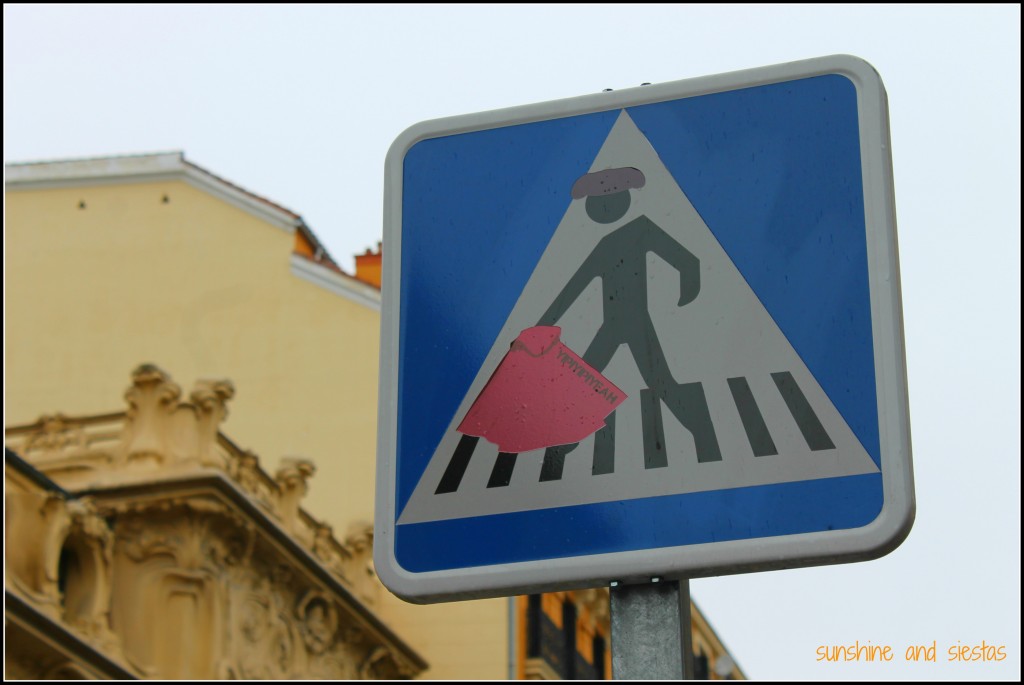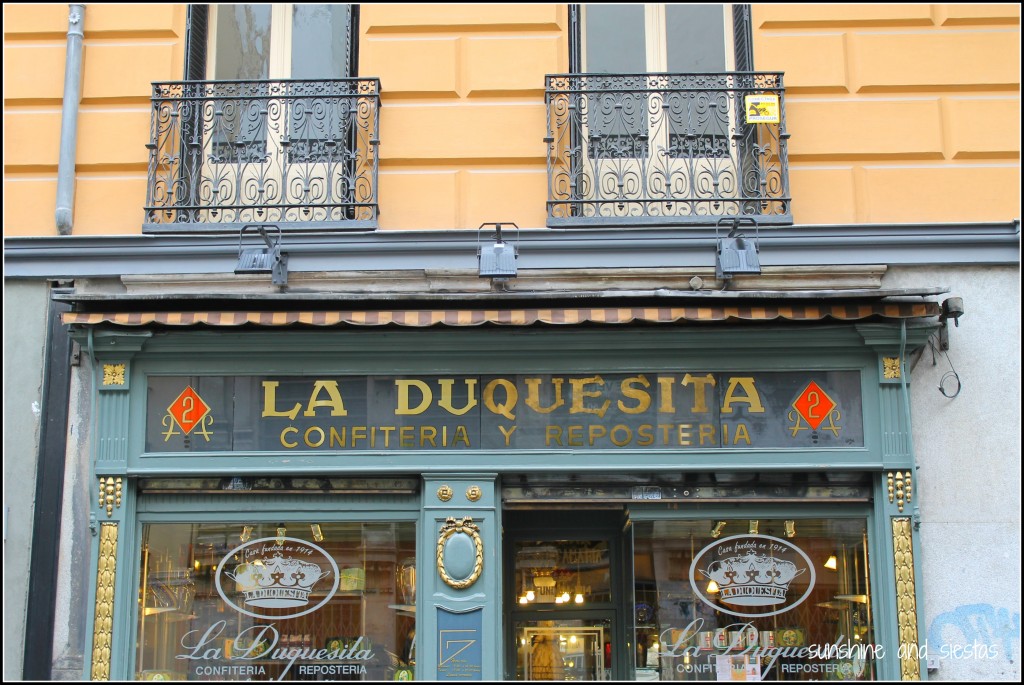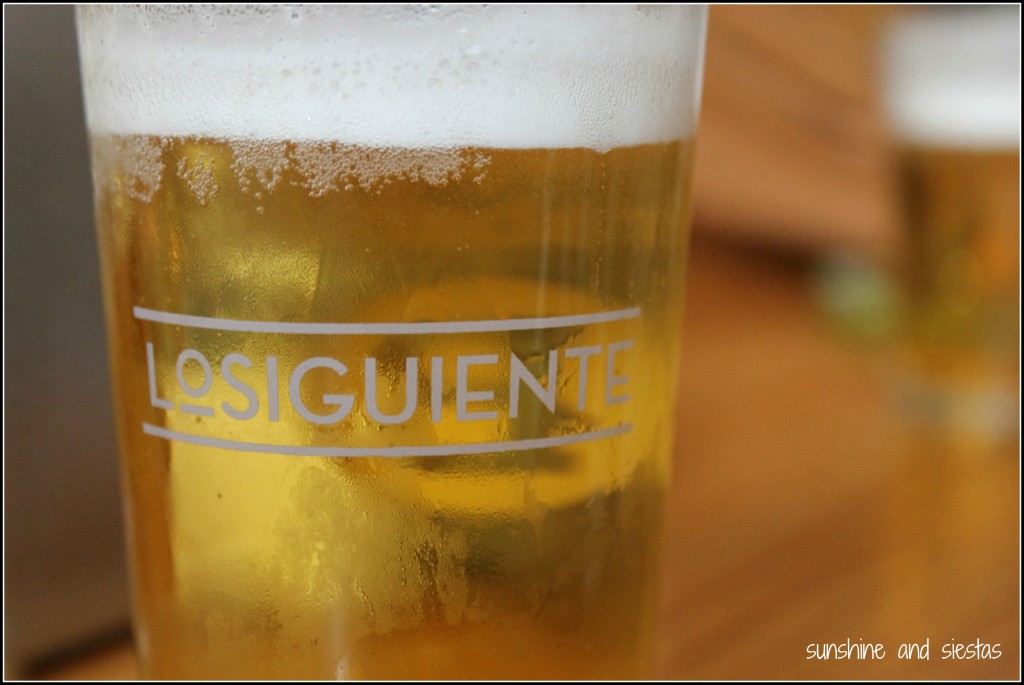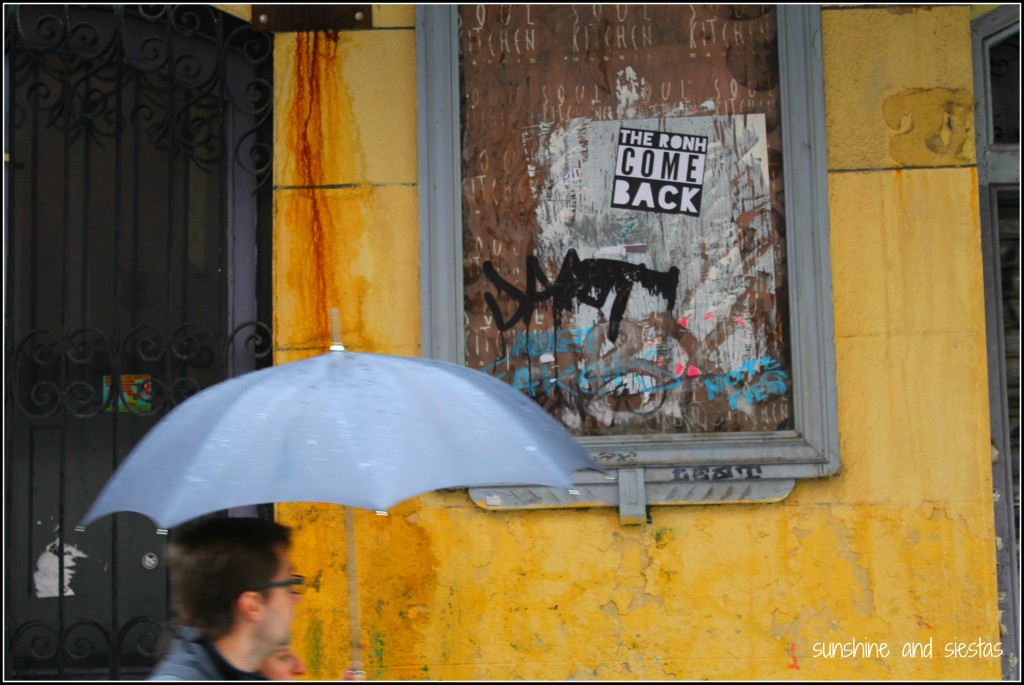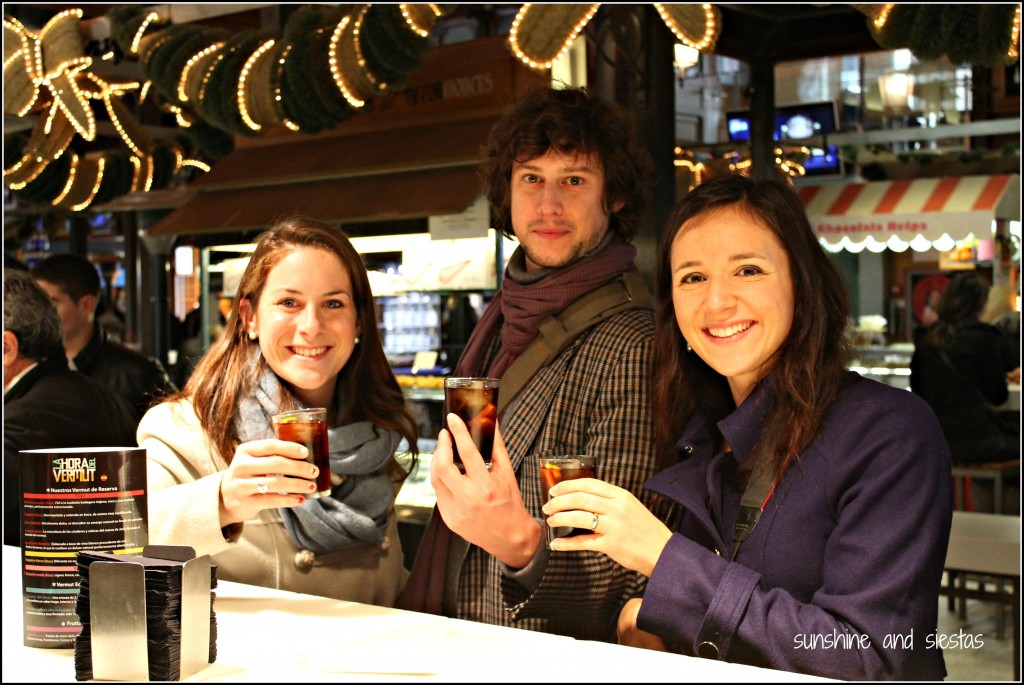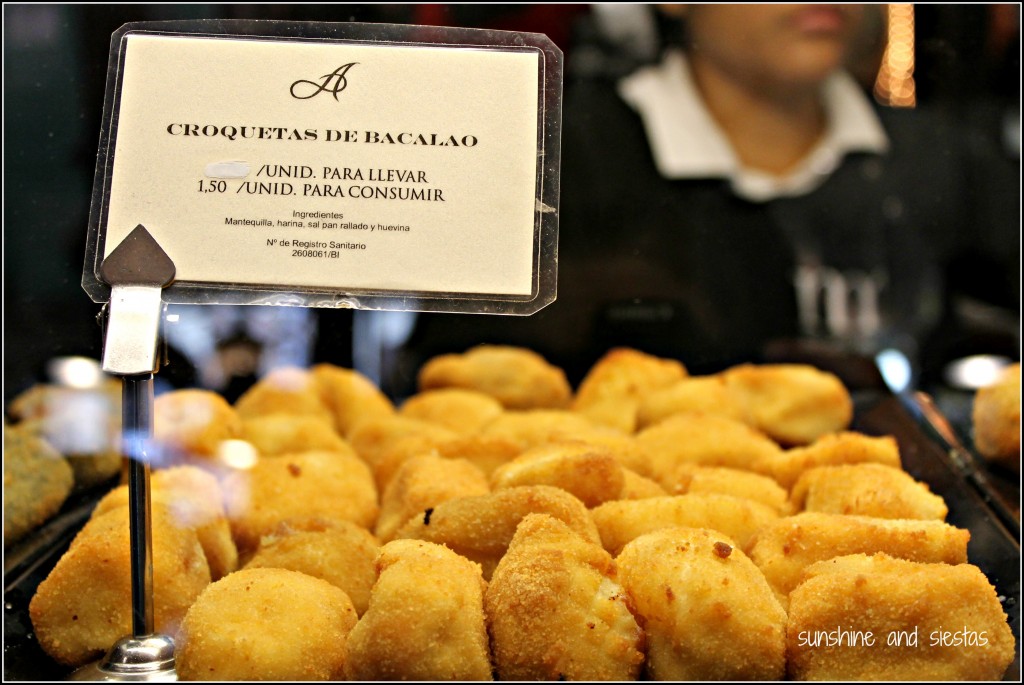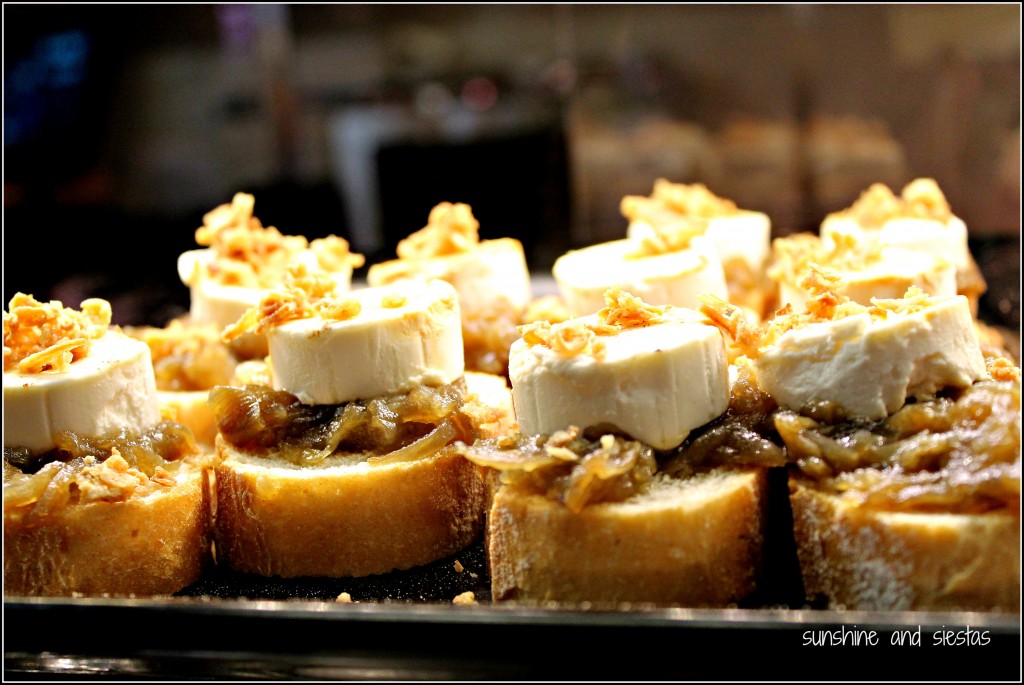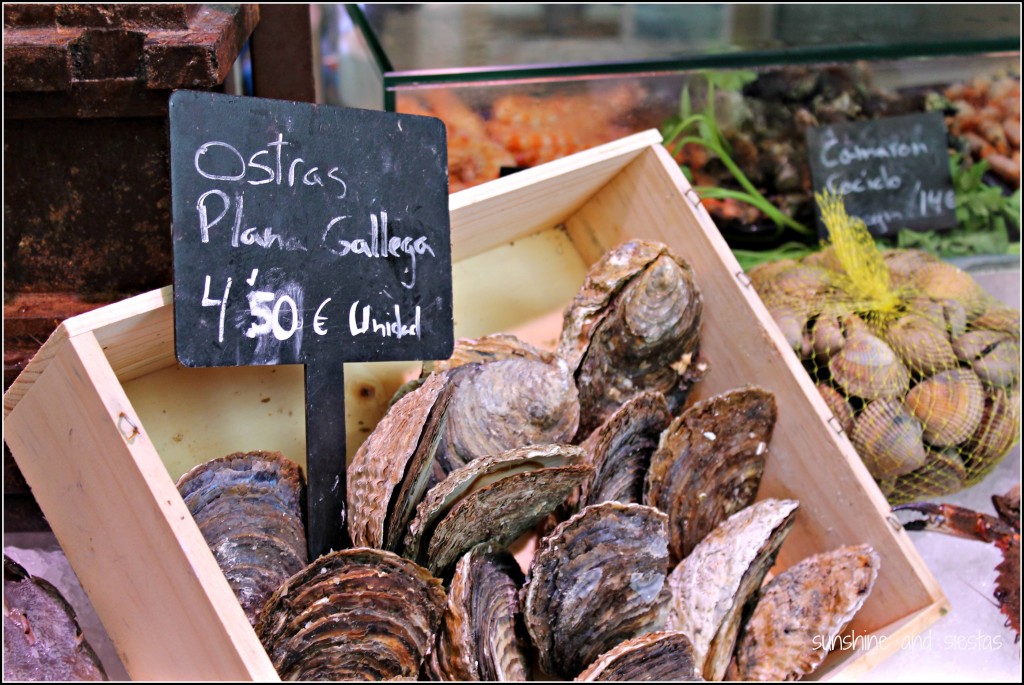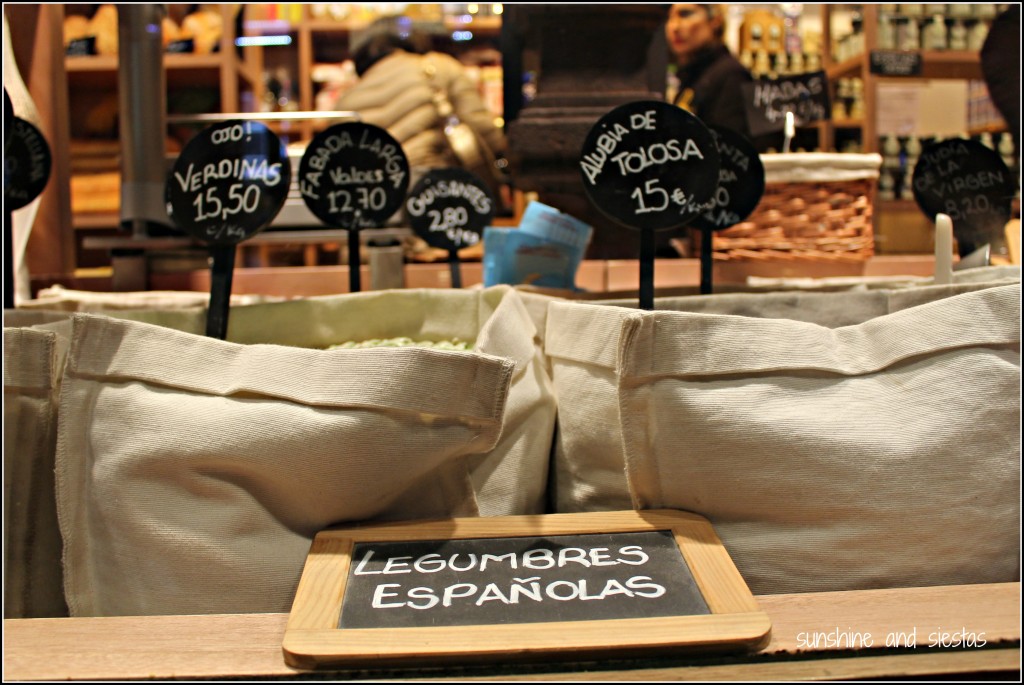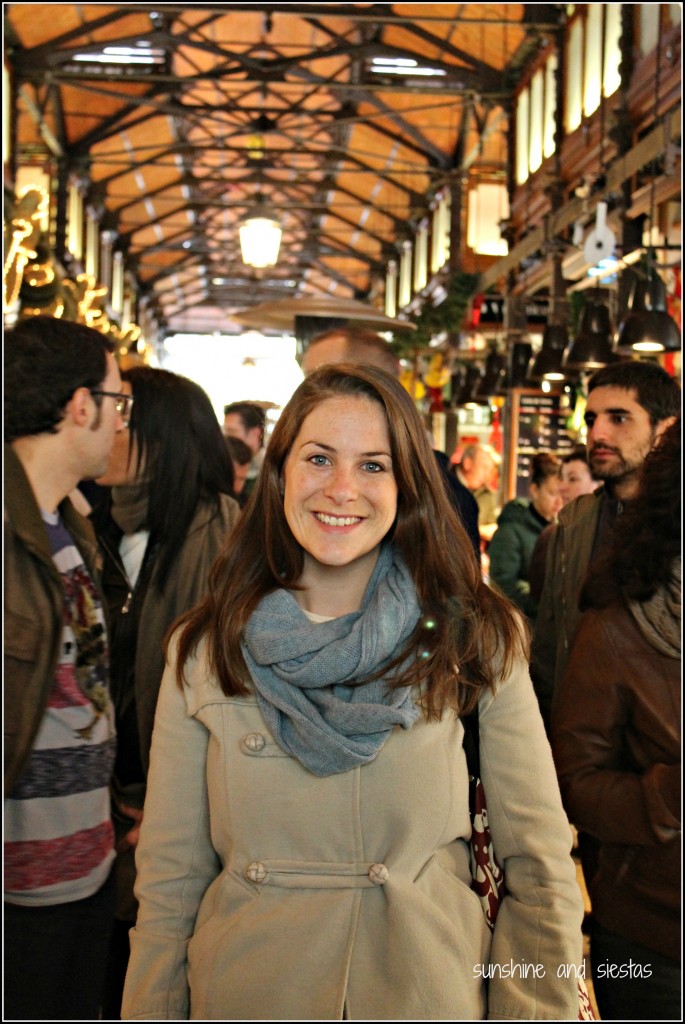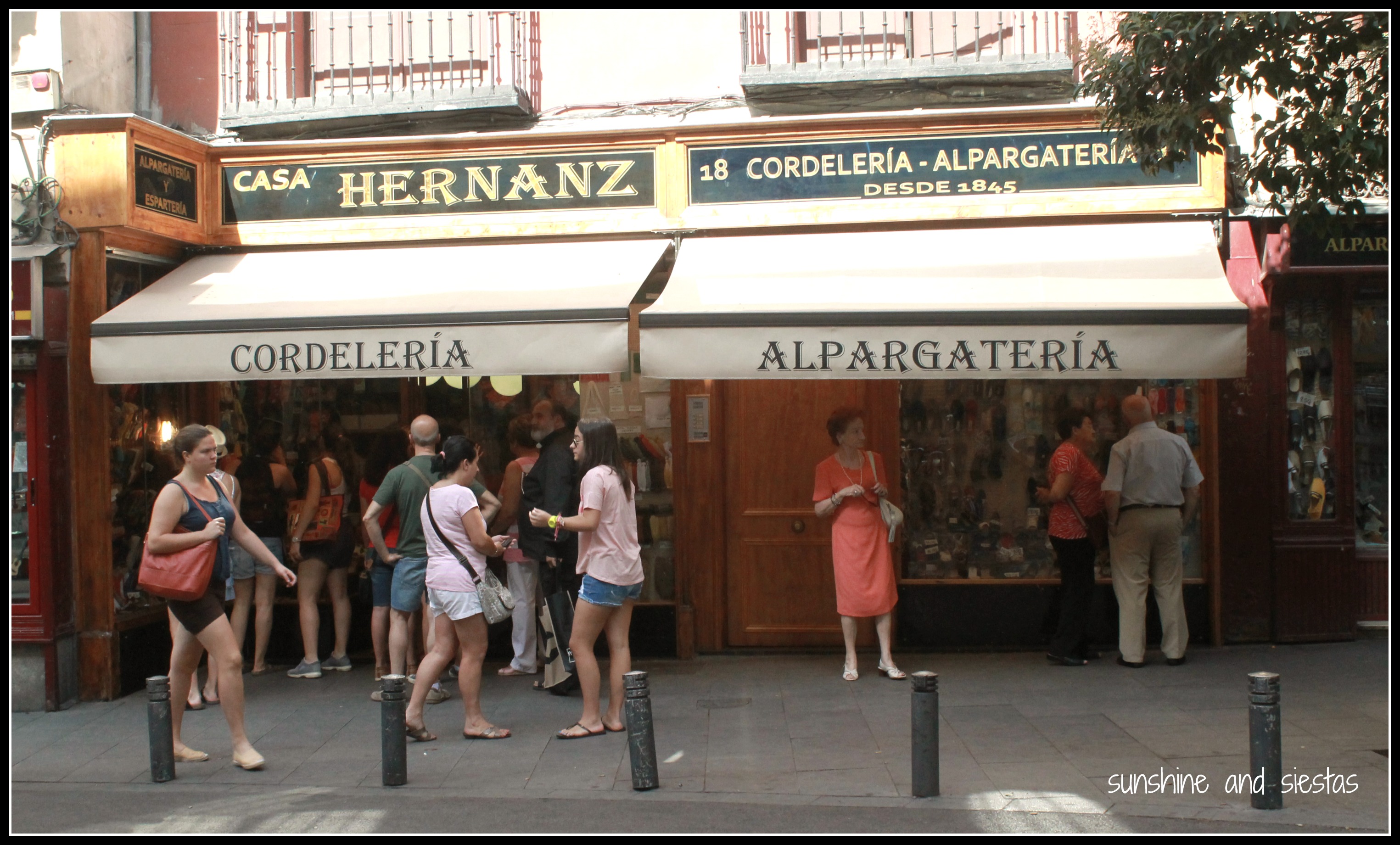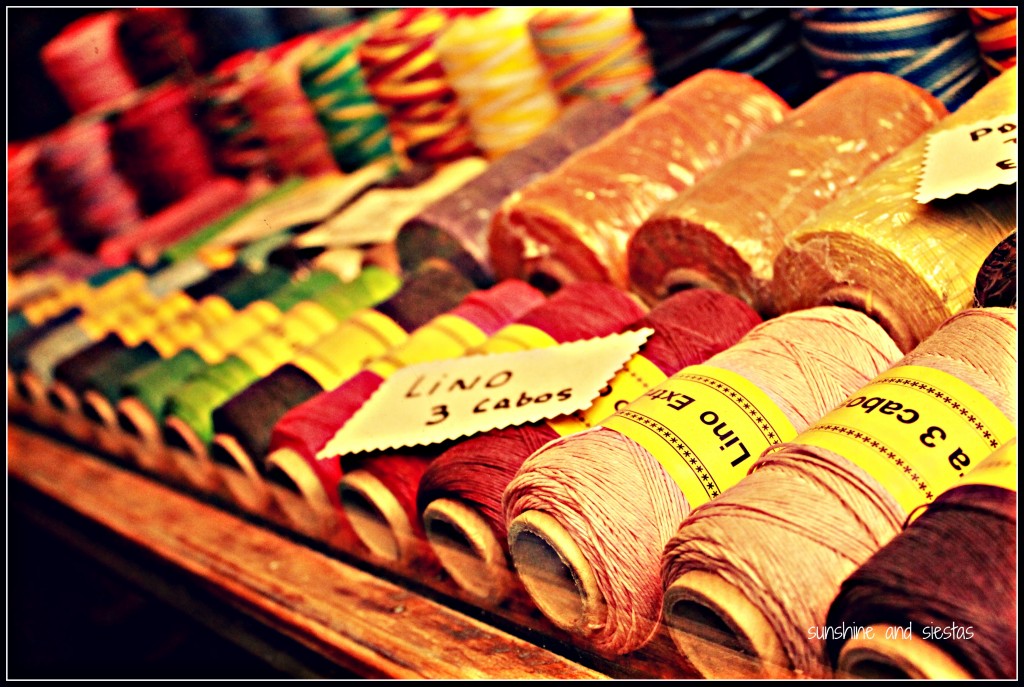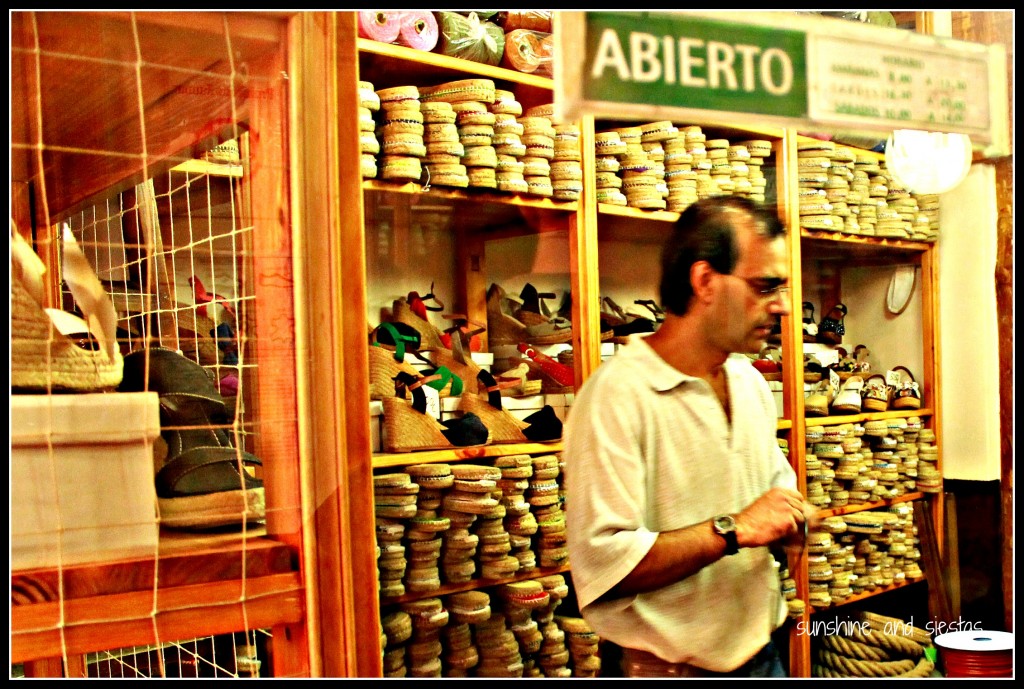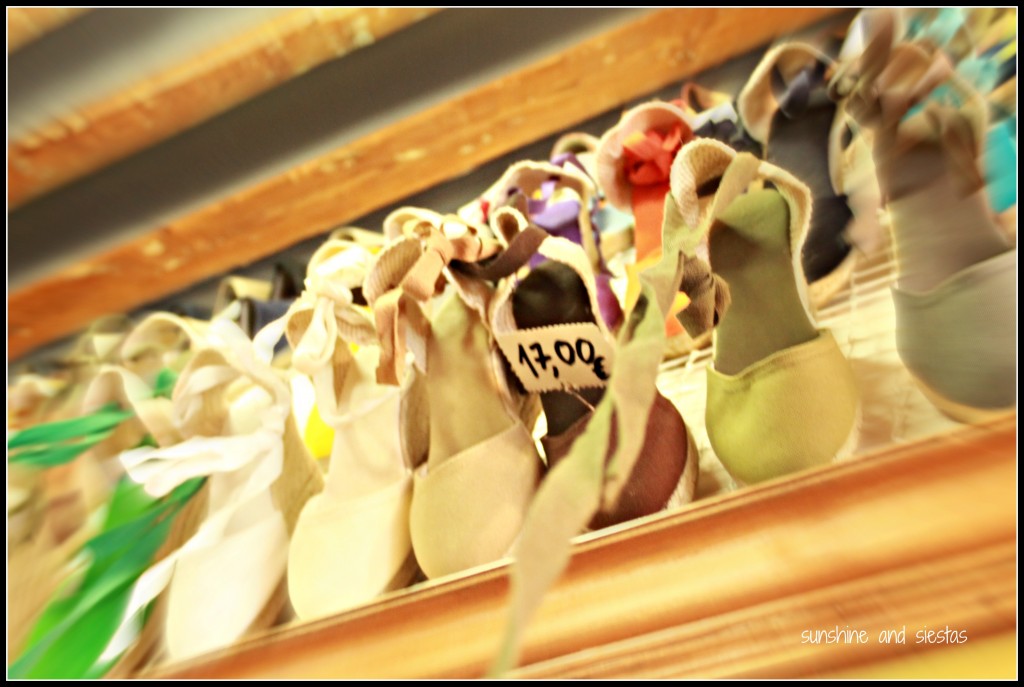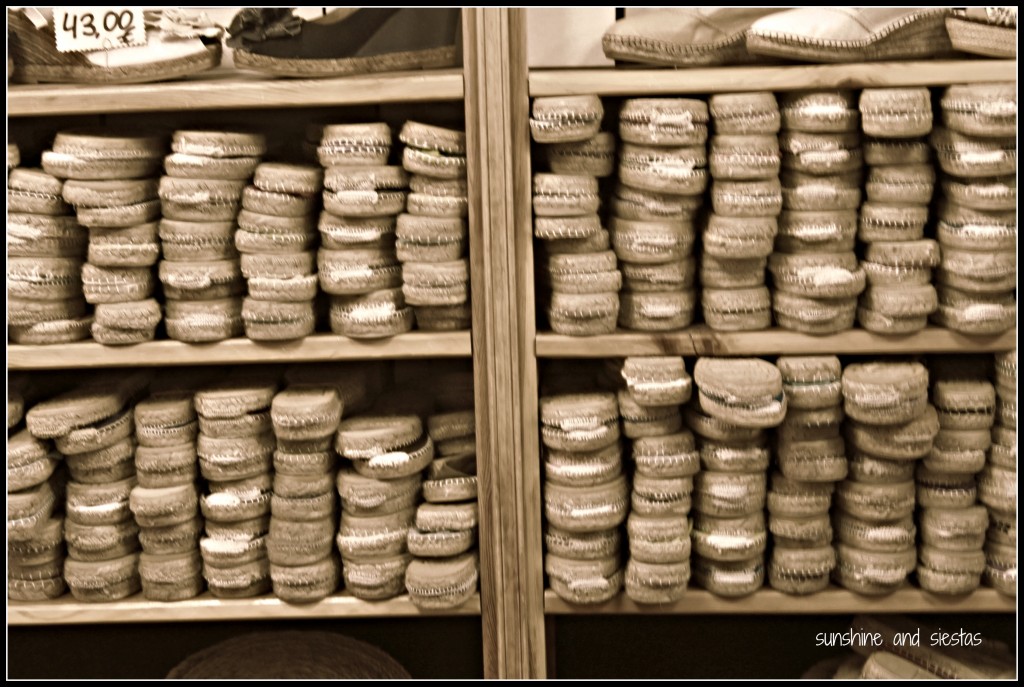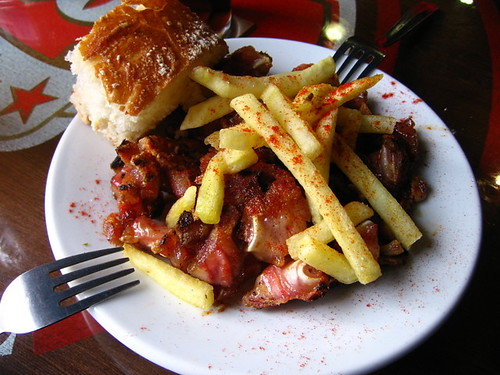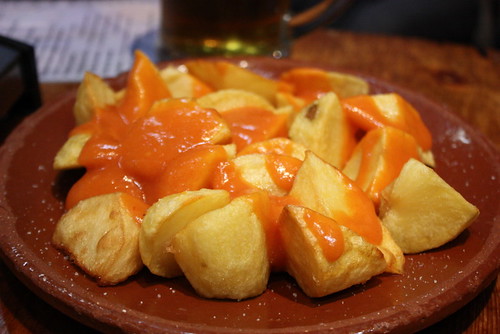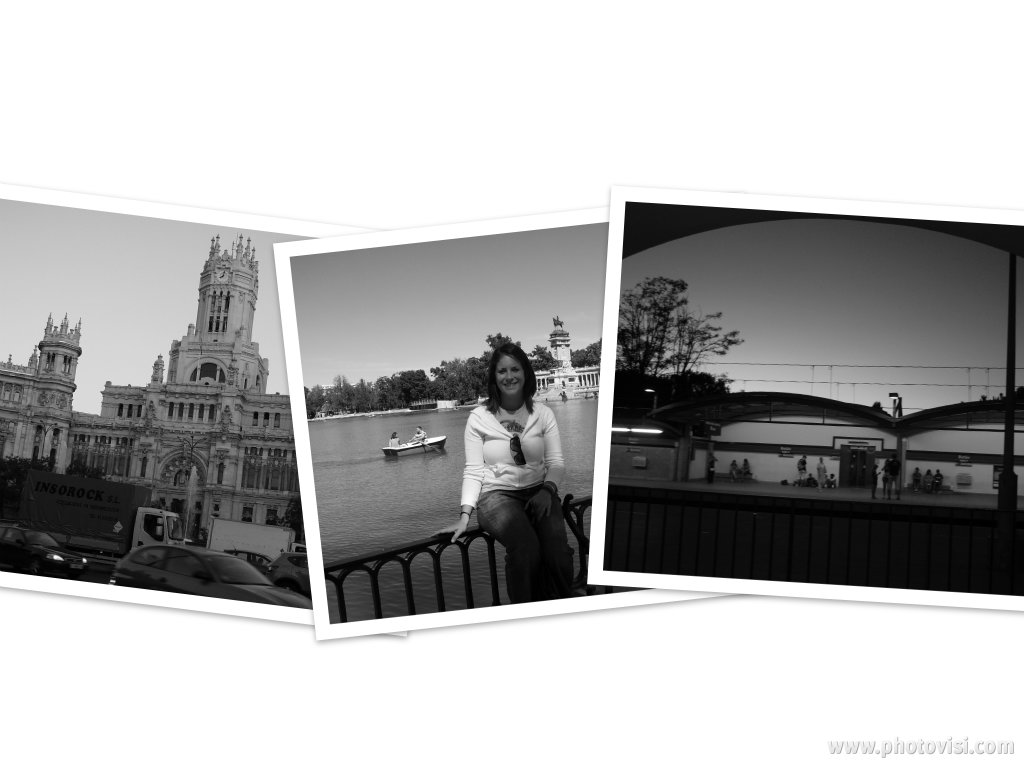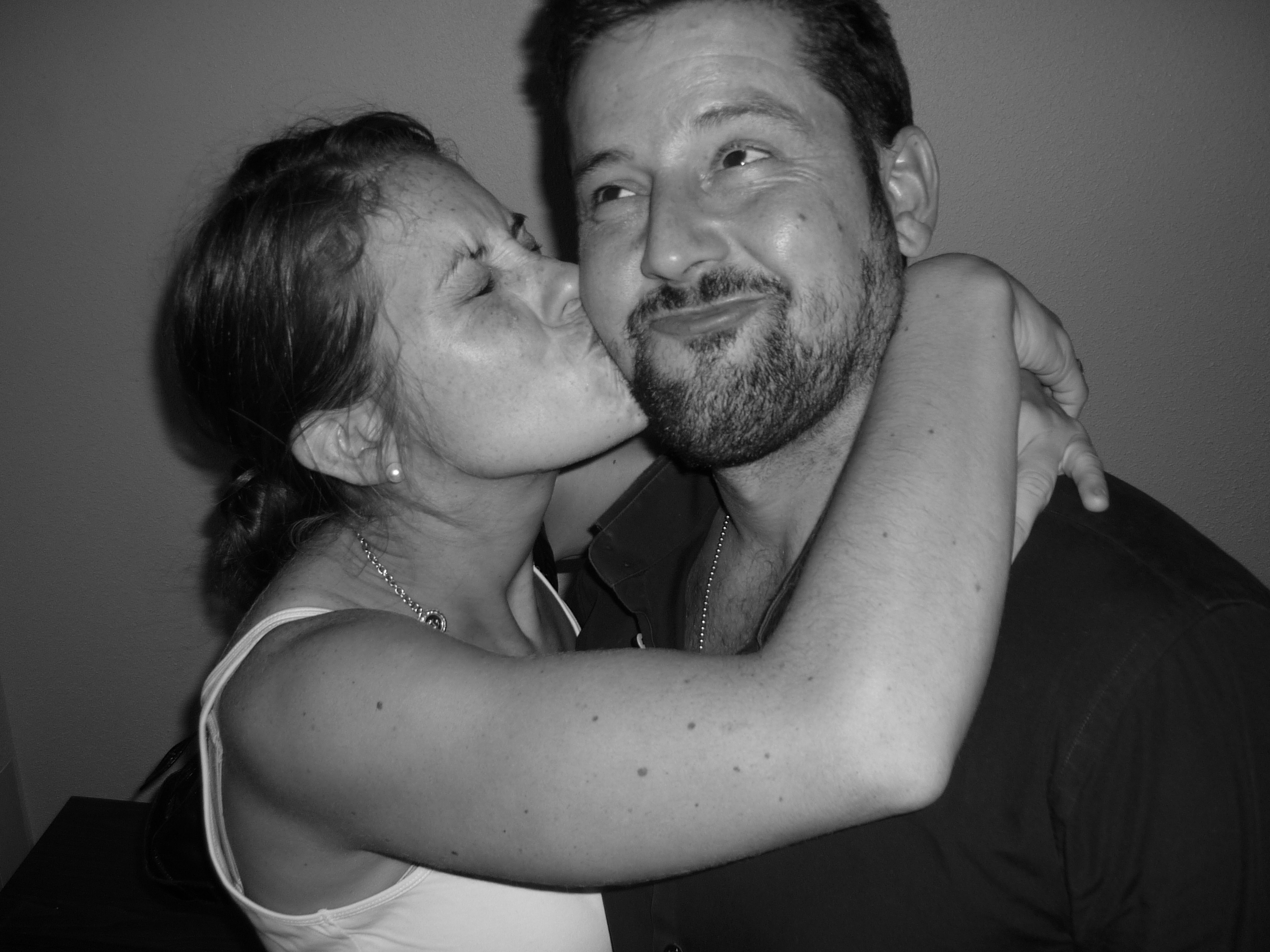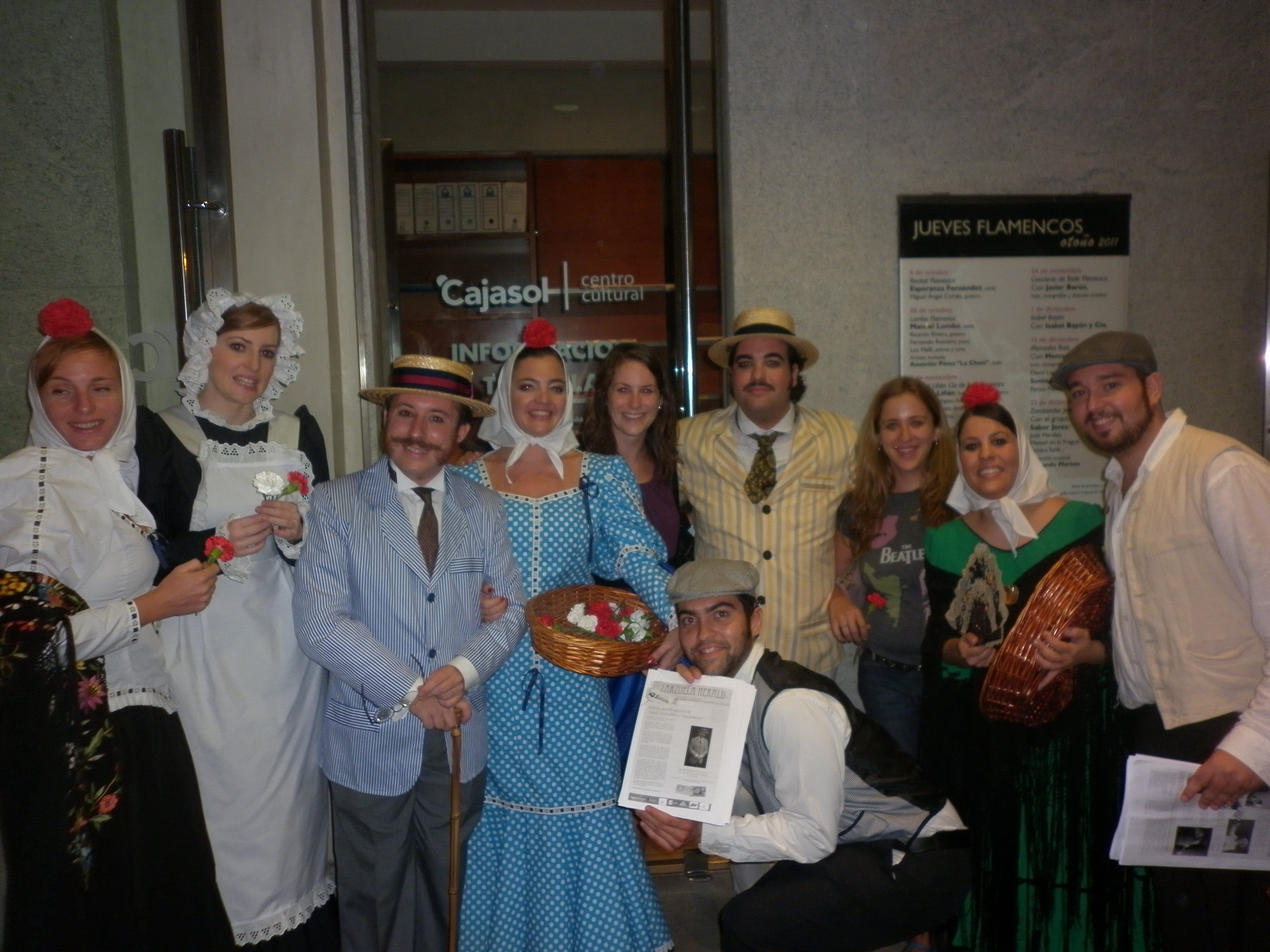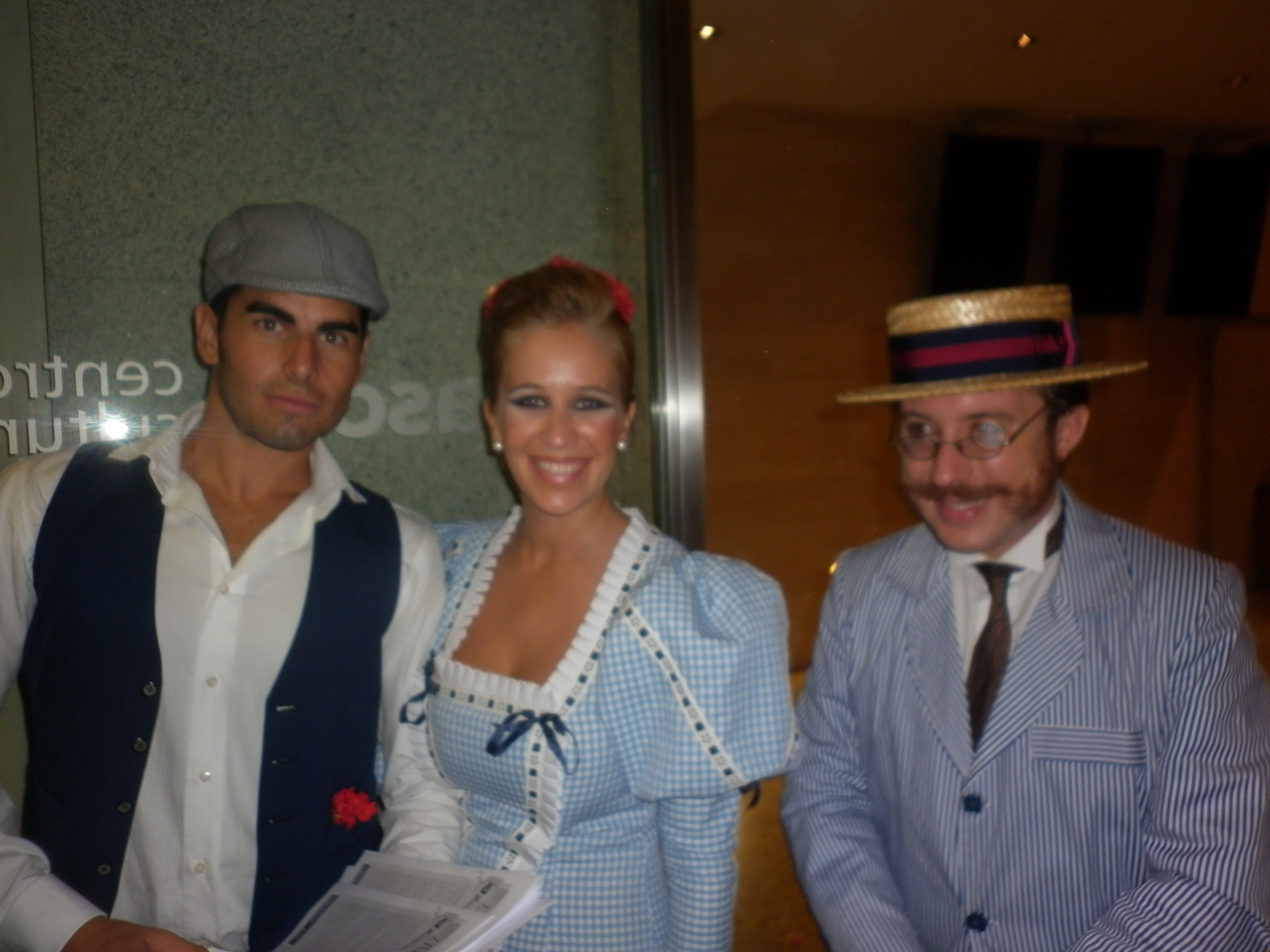An eclectic mix of old and new, Madrid is a city that has slowly crept its way into my heart. At first, it was a necessary stop on my way to or from Chicago, but after so many visits, it feels like an old sweater, a city I can navigate just as well as Sevilla, a cosmopolitan exclamation point in my sometimes mundane expat experience.
After all, there is international cuisine in Madrid. And original version movies. And cupcakes.
I must admit that I’m something of a creature of habit in the Spanish capital, often just letting my feet take me down the streets I know and love. There’s the ice cream shop in Plaza Dos de Mayo, the sometimes English-language book carrying book shop off of Plaza Santa Ana, my favorite Thai place on Atocha. As my trips to Madrid become more frequent, the list of places I love to visit grows longer.
When Kay suggested we meet in another rincón of the city for a midday beer, in Alonso Martínez, we grabbed our umbrellas and set off from T’s house outside of the M-30 ring road. At just one stop from Tribunal – the metro stop closest to the Novio’s childhood home – I was thrilled to find another stretch of street that I didn’t know.
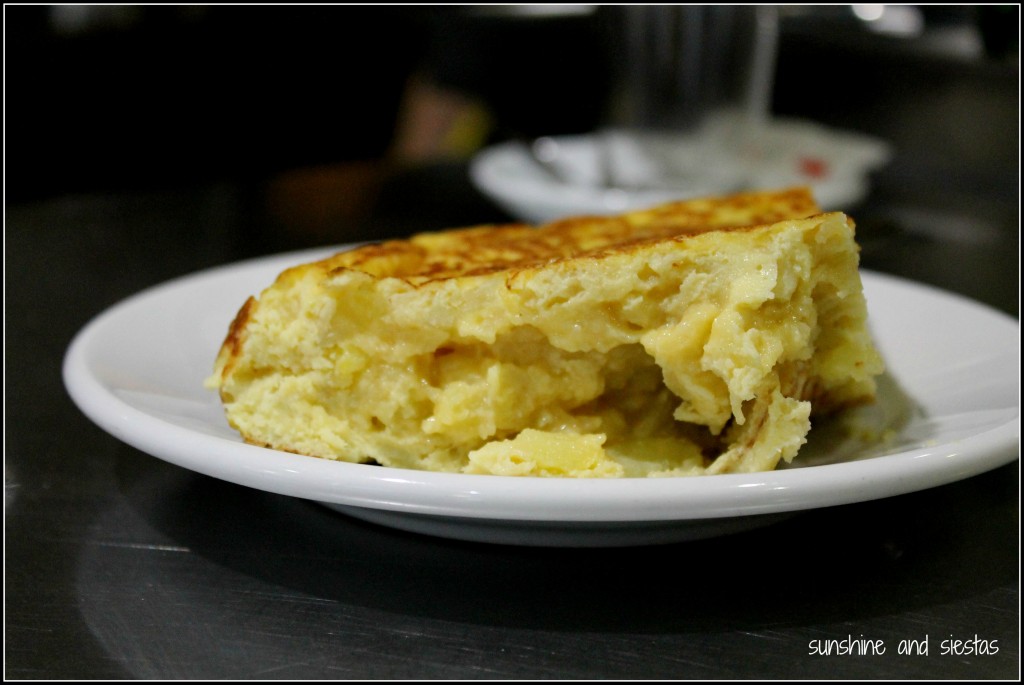
Calle Fernando VI is a hipster’s dream – barrio fruit shops and tobacco stands are sidled up next to cactus shops, swanky eateries and macaroon shops lie age-old bars. Hayley and I shared a heaping plate of tortilla for breakfast before we sat at the high chairs and shared tables at Lo Siguiente. A Madrid-brewed craft beer is on tap (spoiler: it taste just like madrileño favorite Mahou) and the exposed brick looked like the café could have been in Brooklyn.
Madrid is truly a Saturday city – bars are always spilling customers, and events all around town are full. There are always exhibitions, shows, honking cars, teenagers dressing up to go to discos, traffic, chaos and every other hallmark of my favorite cities.
Later that night, we walked towards Chueca from the Ópera metro, the streets beating with energy and flashing lights. My heart seemed to skip a beat as I bumped shoulders with strangers and breathed in pollution. Madrid always seems to give me a surge of energy and the courage to comerme el mundo.
Maybe it’s being away from Seville and caught up in the frenzy of movement, or just the way the city seems to glisten, even in the rain.
Have you ever been to Madrid? What do you love (or not) about it?
